How Many Times Does a Cat Have to Mate to Get Pregnant?
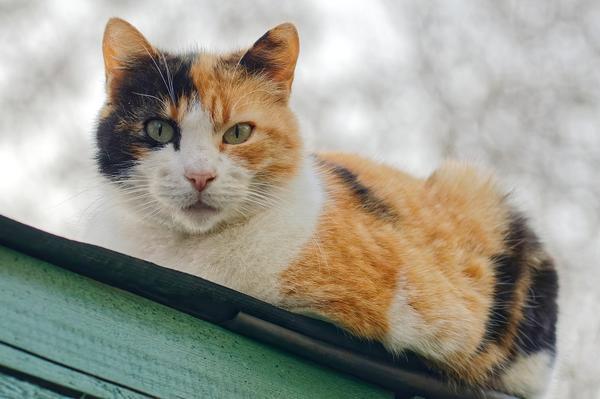
Ever wondered how many times a cat has to mate to get pregnant?
Like, seriously, how many times?
I understand.
The whole fertility thing can be confusing. 😕
But don't worry, my curious friend, I've got you covered.
Let's find out together.
Ready?
Let's dive in.
How Often Does a Female Cat Mate?
Female cats mate multiple times during their breeding season, engaging in several heat cycles that last around 7 to 10 days. They can mate up to 10 to 20 times in a day to increase their chances of fertilization, and just one successful mating session is enough for pregnancy.
Female cats mate multiple times during their breeding season, you know?
They have several heat cycles throughout the year, and each of these bad boys lasts about 7 to 10 days.
A female cat becomes sexually mature between 5 and 9 months old.
Yeah, they grow up so fast!
When they're in heat, they'll get busy with different dudes.
It's like a feline speed-dating marathon!
In fact, queens often hook up with several tomcats in one day.
They sure like to keep things fresh.
But why all the hustle and bustle, you ask?
Well, let me tell ya.
Ovulation occurs after three to four matings within a 24-hour period.
Hot stuff, huh?
And here's something wild:
Mating actually stimulates egg release through induced ovulation.
So if you want more baby kitties, you gotta increase those mating sessions... No time for rest!
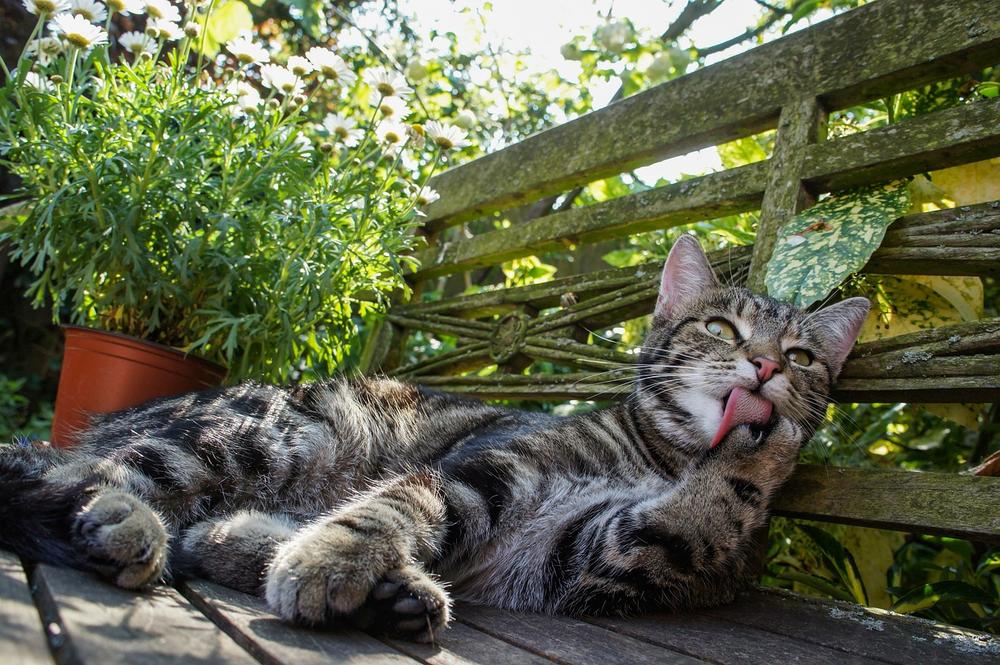
These lady cats may mate from 10 to 20 times in a single day, just trying to maximize their chances of baby-making.
And hey, it's not just about quantity, it's also about quality!
Believe it or not, one successful mating session is enough for that fertilization magic to happen. Mind-blowing, I know.
You see, cat sperm can remain viable for up to five days. Talk about persistence!
So make sure your lady kitty gets her fair share of action during her breeding season.
You don't want her missing out on any opportunities.
But hey, keep this in mind:
Various factors influence these mating behaviors.
Age, breed, sunlight exposure, fertility, health, genetics, and temperature all play a role.
And did you know that male stimulation triggers the reproductive cycle in female cats?
Yep, they can go through multiple heat cycles in a year. Talk about being in demand!
Now, while cats might not follow the typical mammalian pattern of ovulating before getting pregnant, they can still make it happen with just one wild night out on the town...so to speak.
Exciting stuff, right?
And if you're curious to learn more about whether or not ragdoll cats can be black, I've got just the answer for you.
I've written a helpful blog post all about it.
So when you're ready to satisfy your curiosity, check out Can Ragdoll Cats Be Black for all the information you need.
You won't want to miss it!
Is Your Cat in Heat?
When your cat wants to mate, they'll start behaving in certain ways that show their readiness.
What are these behaviors?
Well, they might get very loud and make a lot of noise.
They might also roll around or rub against things and people, which can be kinda strange to see.
Plus, they might become more affectionate towards you.
You might notice them purring more often or seeking your attention more frequently.
Now, you need to know that these behaviors are mainly seen in female cats.
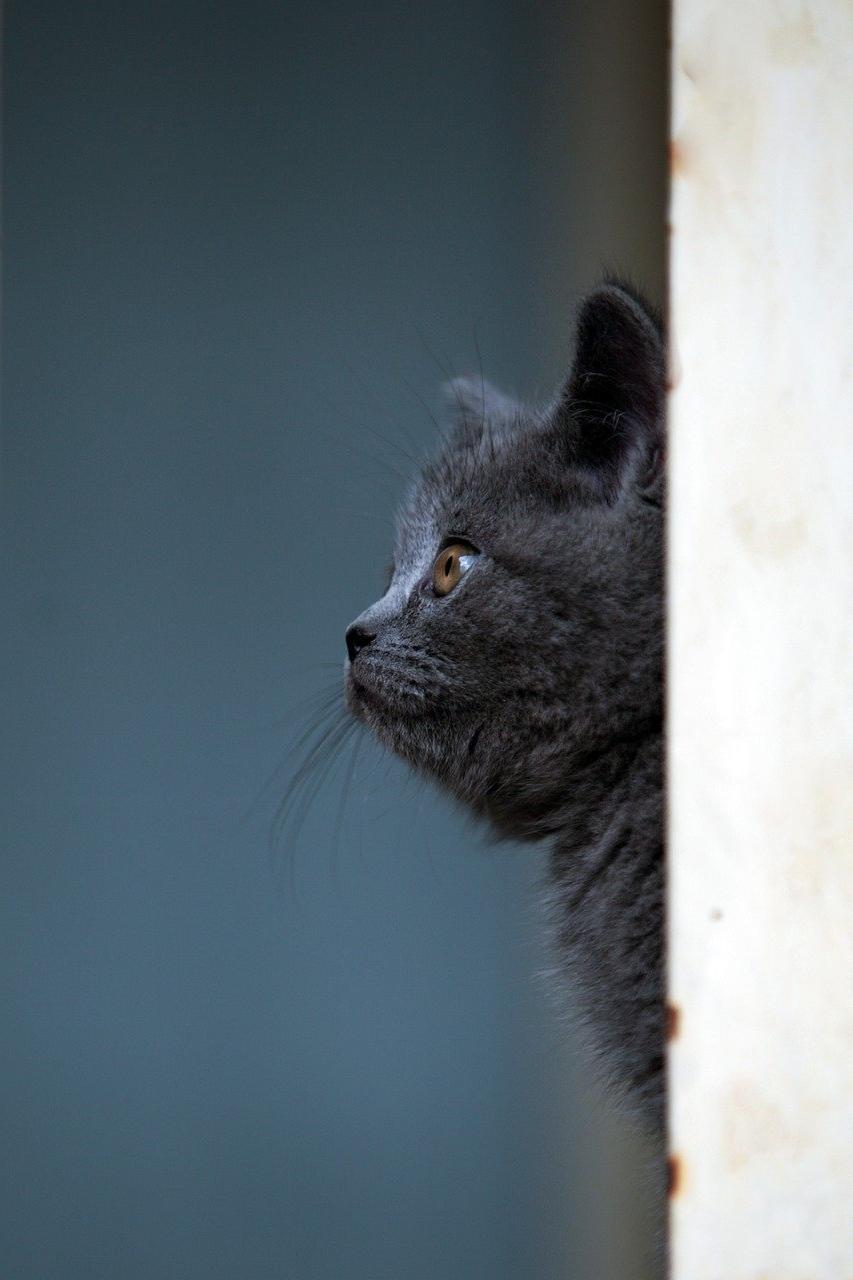
Female cats go through a heat cycle that lasts about 14 days.
That's when they display all these signs.
On the other hand, male cats in mating season become more dominant and territorial.
If you don't want any surprise kittens with random males, my advice is to keep purebred cats indoors while they're in heat.
To sum up, some common signs of a cat being in heat include yowling, rolling on the ground, and presenting themselves.
But how can you tell if a successful mating has occurred?
And what happens next if your cat does become pregnant?
Let's dive into the physical signs and fascinating aspects of feline reproduction together!
How to Determine Whether a Cat’s Mating Was Successful?
To know if a cat successfully mated, look for these 11 signs -
- See if there's this thing called a vaginal plug.
- Is she having morning sickness?
- Is her appetite going through the roof?
- Do her nipples get bigger?
- Has she gained weight?
- Ovulation happens when cats mate, that's important to note.
- Fertilization should take place within 20-50 hours of mating.
- Sometimes there can be multiple fathers contributing to the litter.
- Make sure the environment is stress-free for successful breeding. 😺
- Successful mating means kittens have different traits.
- To confirm the father, DNA testing is your best bet.
To give you the gist: Further down the blog post, I'll reveal the duration of a cat's pregnancy. But before that, let's explore more signs of successful mating and important considerations for stress-free breeding. Keep reading to uncover all the details!
And now that you know how to determine whether a cat's mating was successful, let's delve into the fascinating signs of pregnancy and the interesting phenomenon of pseudo-pregnancy!
Are you ready?
Let's explore together...
Signs That Your Cat Is Pregnant
Physical changes and signs of pregnancy in cats
When your cat is pregnant, there are some telling signs for you to look out for.
One of the clearest indicators is changes in her nipples. If they become more noticeable and the skin around them undergoes color changes, it's a good sign that little furballs might be on the way.
Behavioral signs of a pregnant cat
Now, pay attention to how your cat behaves because it can clue you in on her pregnancy too.
When she's pregnant, she may become more restless, meow a lot, purr like there's no tomorrow, and even pant.
It might seem strange, but all these things are part of the package.
Oh, and when I say "nesting behavior," I don't mean your furry friend rearranging all the furniture (although that could happen too).
I mean she'll start seeking cozy spots to create her birthing area. So if you find her getting comfortable in odd places, you should get ready for some kittens.
Not all signs indicate a real pregnancy
Before we finish up, there's something important you need to know.
Sometimes, cats show all these signs of being pregnant...but guess what?
There won't be any kittens on the way. That's called a pseudo-pregnancy or phantom pregnancy.
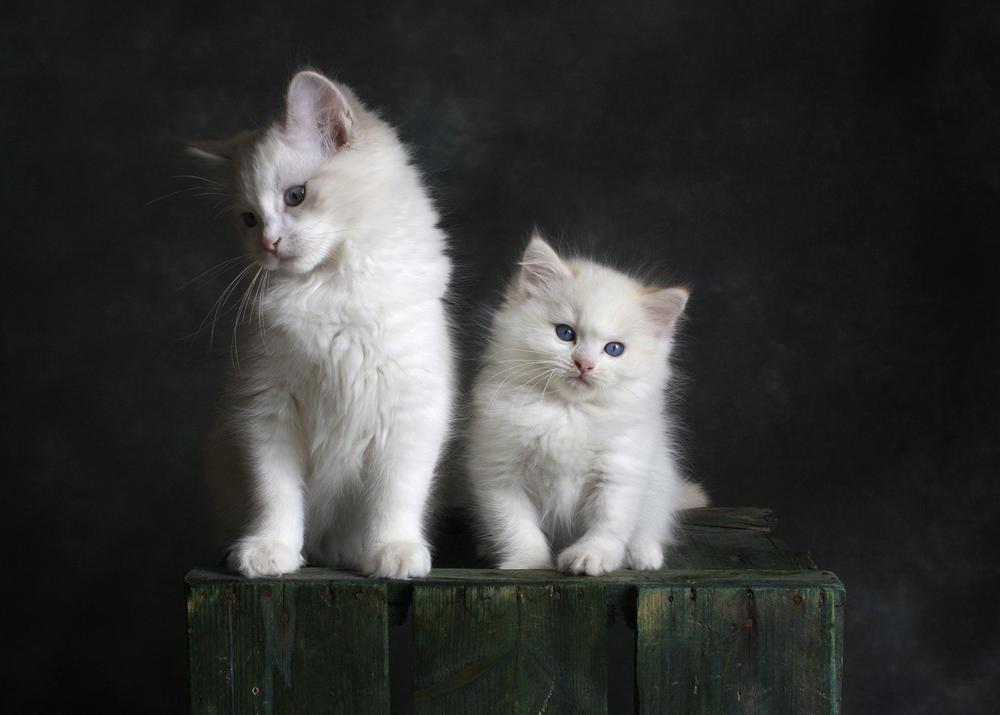
Yeah, it's a thing, and it happens due to a hormonal imbalance. Bummer, right?
Oh, and just when you thought things couldn't get any more complicated, here's another twist: Superfecundation.
What the heck is that, you ask?
Well, my friend, it's when a female cat decides to mate with multiple males during her fertile period.
And as a result, her kittens may end up having different physical characteristics, coat colors, and sizes.
Who knew the cat world could be so wild?
Now, here's the deal...
You may be wondering how long it takes for a cat to become pregnant after mating.
Well, buckle up because I'm about to reveal the average gestation period for cats and give you some fascinating insights into the fertilization process.
Trust me, it's worth sticking around for!
How Long Does a Cat's Pregnancy Last?
The gestation period for cats lasts around 63 to 65 days – that's about nine weeks, regardless of where they call home.
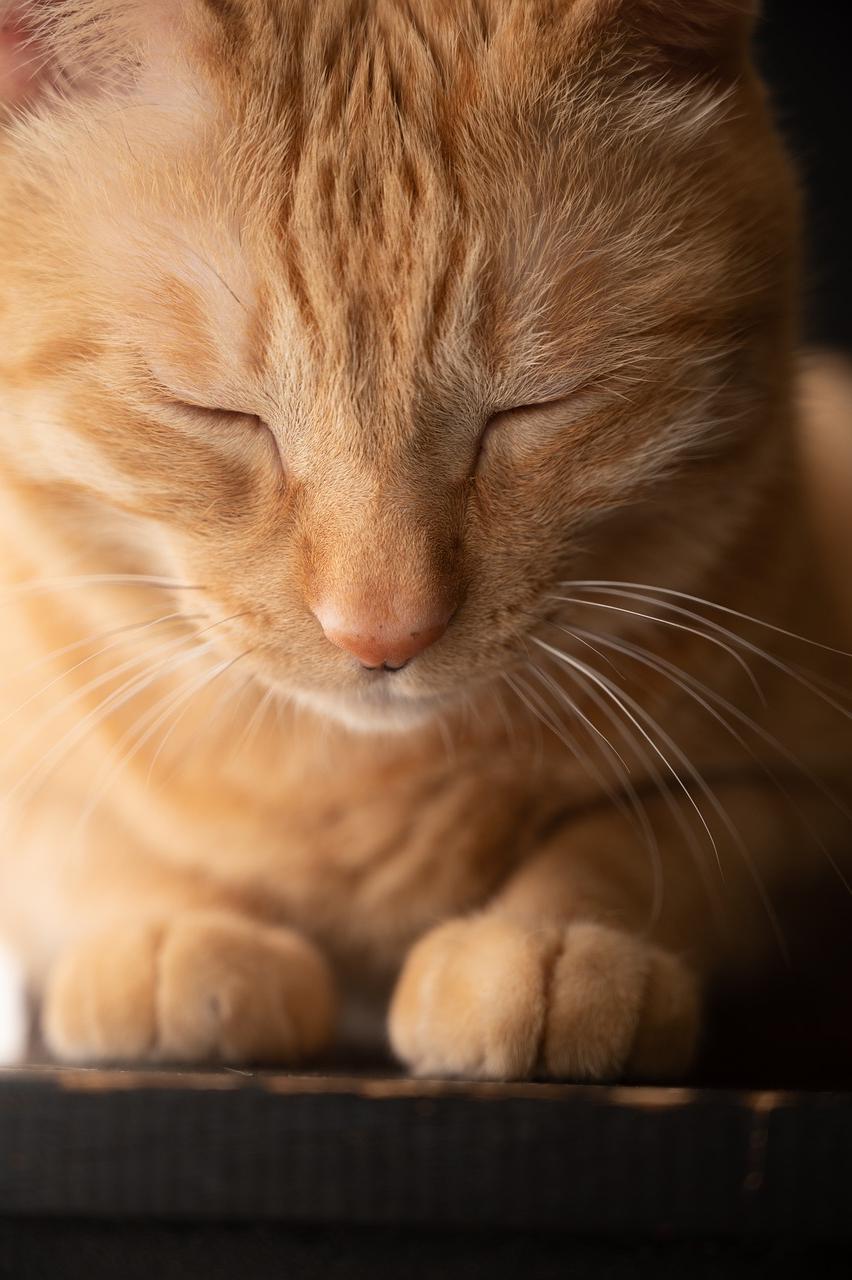
After fertilization takes place in the fallopian tubes, the countdown begins.
The cat carries her unborn kittens for this fixed duration.
Care of Your Cat During Pregnancy
When your cat is pregnant, there are a few important things you need to remember:
- Feed her a good diet: Pregnant cats need more nutrition, so make sure she's eating food specifically made for pregnant or nursing cats. This helps her kittens grow well.
- Give her the right nutrients: Along with good food, give her supplements like prenatal vitamins to make sure she's getting all the necessary nutrients for a healthy pregnancy.
- Make a cozy nesting area: Your pregnant cat needs a warm, quiet, and safe space to have her kittens. Set up a comfortable bed in a quiet spot in your home where she can feel safe.
- Keep an eye on her behavior: Watch her closely during pregnancy. If you notice any changes or unusual symptoms like loss of appetite or extreme tiredness, talk to your vet right away.
- Take her to the vet regularly: Regular check-ups with the vet are really important while your cat is pregnant. They'll keep an eye on her health, give her the vaccinations she needs, and guide you through taking care of her during pregnancy.
Taking good care of your pregnant cat is essential for her and her kittens' well-being.
Just follow these guidelines, and you'll be able to support her during this special time in her life.
Now, you may be wondering what happens when your pregnant cat reaches the final stages of her pregnancy.
And it gets even more fascinating as she displays nesting behavior and experiences labor.
Let's dive into these exciting moments!
What Happens When a Cat Gives Birth Normally?
When a cat gives birth, here's what usually happens:
- The cat starts nesting: A few hours before giving birth, the cat will look for a cozy spot or make a nest out of blankets or towels.
- Contractions kick in: After nesting, the cat will start having contractions, which means labor is beginning.
- Be there for emotional and physical support: You need to be there for your cat during labor. Stay calm, stay close, and offer reassuring words. Only step in if necessary, so your cat feels safe and comfortable.
- Mom cleans the kittens: Once each kitten pops out, the momma cat will lick them clean and get rid of any amniotic fluid. If she doesn't do it right away, you can gently help by using a warm towel to rub the kittens.
- Keep an eye on things: Watch the birthing process closely to make sure everything is going smoothly. If you notice any distress or complications, contact your vet right away.
Every cat births differently.
Pay attention and give your furry friend the care and support she needs.
Final Thoughts
- Female cats reach sexual maturity at around 5-9 months old.
- Cats engage in multiple matings over a span of 4-6 days during breeding season.
- Ovulation in females occurs after 3-4 matings within a 24-hour period.
- Mating stimulates egg release through induced ovulation.
- Queens may mate with several males, potentially mating 10-20 times in one day.
- Cats have reproductive cycles triggered by male stimulation.
- Factors influencing these cycles include age, breed, sunlight exposure, and more.
- Cats can go through multiple heat cycles throughout the year.
- Fertilization can occur with just one successful mating.
- Signs that a cat is in heat include yowling, rolling, and presenting themselves.
- Successful mating can be identified through physical signs and timing is crucial.
- Superfecundation is possible, resulting in multiple fathers for a litter.
- Infertility issues may prevent pregnancy even after mating.
- Pregnant cats may exhibit signs of restlessness, nesting behavior, and panting.
- Pseudo-pregnancy can occur due to hormonal imbalances.
And that wraps up today's article.
Before you leave, can I ask you something? Did my blog post help you out? If it did, I would sincerely appreciate it if you could share it with your loved ones. You'll find convenient social media sharing icons that you can click to instantly spread the word. Thank you so much!
Talk soon,
-Sarah Davis